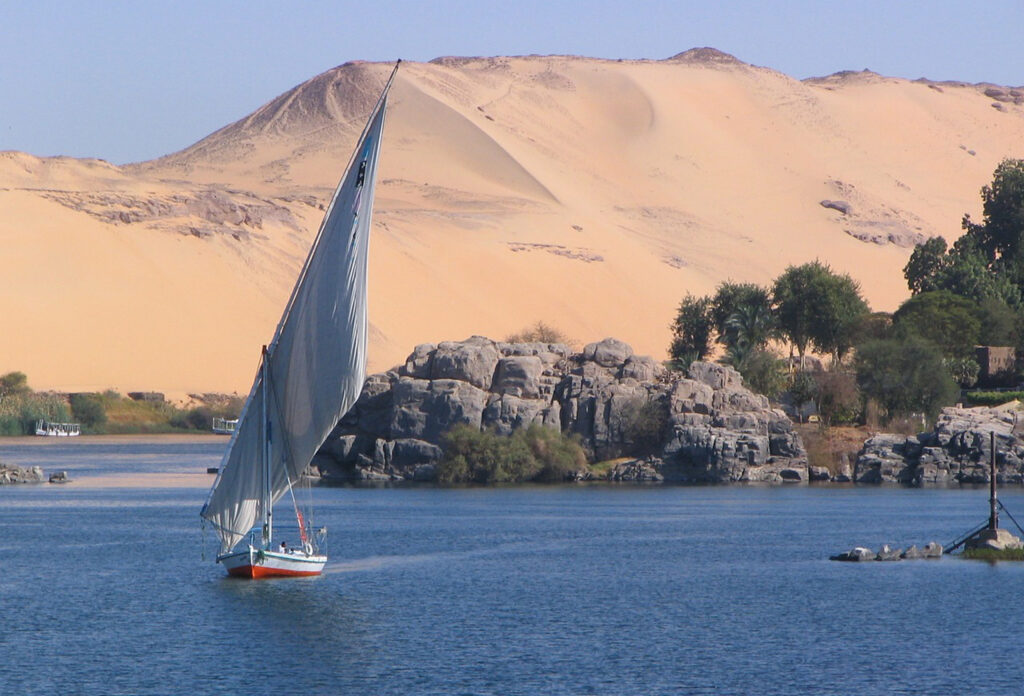The River Nile is one of the most iconic and historically significant rivers in the world. Spanning over 4,000 miles from its source in Burundi to its mouth in Egypt, it is the longest river in Africa and has played a crucial role in shaping the civilizations surrounding it.
Historical Significance
The River Nile has been a lifeline for the people of Egypt since ancient times. The ancient Egyptian civilization flourished along its banks, using its fertile land for agriculture and relying on it for transportation and trade. The river was also considered sacred by the Egyptians, who believed that it was a source of life and prosperity.
Natural Wonders Along the Nile
Apart from its cultural and historical importance, the River Nile is also home to some of the most stunning natural wonders in the world. The Nile Delta, where the river meets the Mediterranean Sea, is a remarkable ecosystem that supports a diverse array of flora and fauna. The Nile also hosts several species of unique fish, including the African lungfish, which can survive out of water for up to four years.
Modern Day Importance
Today, the River Nile continues to play a vital role in the lives of those who live along its banks. It remains a major source of water for Egypt and Sudan, supplying over 90% of their water needs. The river also serves as an important transportation route, allowing goods and people to travel between different cities and countries. Easyjet summer 2024 flights released to Egypt, including the popular Red Sea Resorts of Hurghada and Sharm-el-Sheikh, for next summer 2024, and they are CHEAP! There will never be a better time to book!
Challenges and Conservation Efforts
Despite its crucial importance, the River Nile faces several challenges, such as pollution, overuse, and climate change. As population and industrialization continue to increase along its banks, the river is under threat from pollution caused by agricultural run-off and sewage. In recent years, there have also been concerns about the impact of climate change on the Nile’s water levels.
To address these issues, various conservation efforts have been put in place to protect the Nile and preserve its natural wonders. These include projects to reduce pollution, promote sustainable farming practices, and improve water management systems. These efforts are vital in ensuring that the River Nile continues to support and sustain life for generations to come.
Conclusion
The River Nile is not just a body of water but an integral part of the lives and livelihoods of those who live along its banks. Its rich history, diverse ecosystem, and modern-day importance make it a true wonder of the world. However, with increasing pressures from human activities and climate change, it is our responsibility to ensure that this mighty river continues to flow for generations to come. Let us work together to protect and preserve the River Nile as a source of life and prosperity for all.
So, let’s take a moment to appreciate the beauty and significance of this magnificent natural wonder. The River Nile truly is a source of life and prosperity, both in the past and present, and it is up to us to ensure that it remains so in the future. Let us continue to celebrate and protect this incredible river for generations to come.










Comments